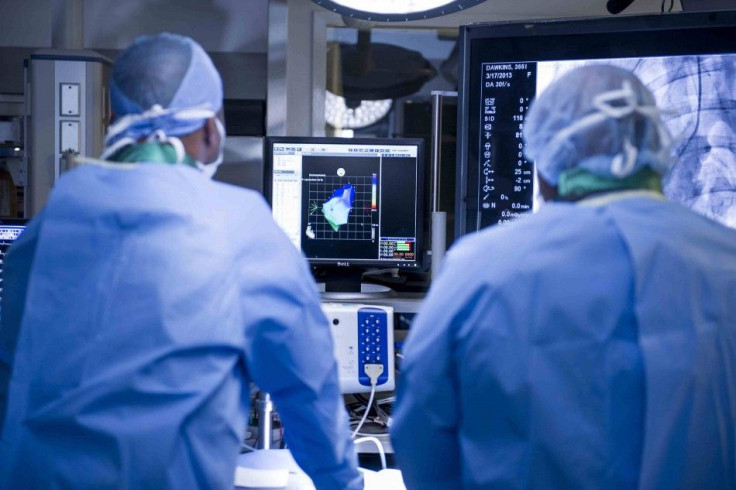Heart Foundation: Tasmanians Have Highest Rate of Heart Disease in Australia

A report by the Heart Foundation of Australia showed that one out of four Tasmanians suffer from cardiovascular disease. Tasmania is hit with the highest rates of cardiovascular disease, high blood pressure and hypertension.
The rates were highest in Launceston and North-East where 29.9 per cent are affected by cardiovascular disease, 40.8 per cent by high cholesterol and 33.8 per cent by hypertension. It was also found that 19.4 per cent of those in Launceston and North-East smoke and 60.3 per cent are not as active as they should be to have a healthy living.
South East Tasmania ranked 6th in the country as 47 per cent of the people suffer from high cholesterol. They have the highest obesity rate at 33 per cent and only 29 per cent of the people were active enough to be healthy.
The west and north west regions of Tasmania recorded 49 per cent of their people having high blood pressure which is the third highest in the country. They rank fourth for smoking with 28 per cent of the people indulging in it.
Around 100,000 Tasmanians live with uncontrolled high blood pressure and one out of six suffer a combination of high blood pressure and high cholesterol once they cross the ge of 45.
The chief executive of Heart Foundation Tasmania, Graeme Lynch, explained that Tasmania's poor health could be due to high levels of disadvantage. He said that there is a link between people who live in lesser socioeconomic conditions with higher rates of chronic diseases. Since the people found it hard to go buy healthy food, visit the medical centre, go to open spaces and socialise, they get isolated - hence living with a socioeconomic disadvantage.
He said that the figures only represent those who have been diagnosed and that there is no idea of how many Tasmanians have the risk factors but are unaware of it as there are no obvious symptoms for high blood pressure and high cholesterol and only the occurence of a heart attack could be a signal for them.
He continued that one should ask their GP for a health heart check if they are over 40 and an Aboriginal or Torres Strait Islander should ask for the same when he crosses 35.





















